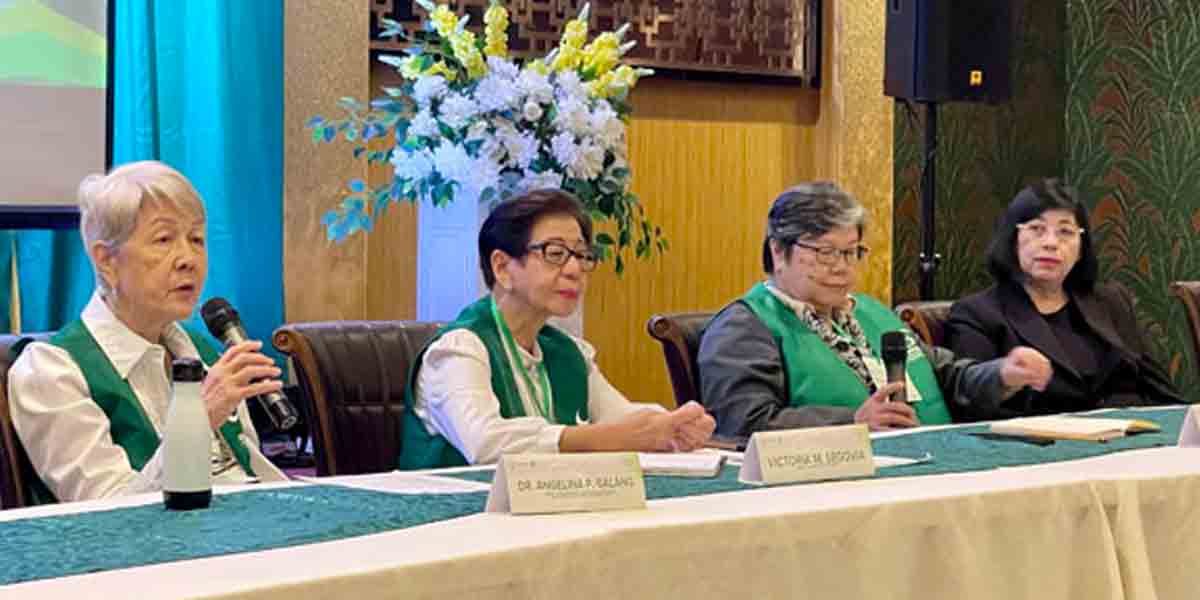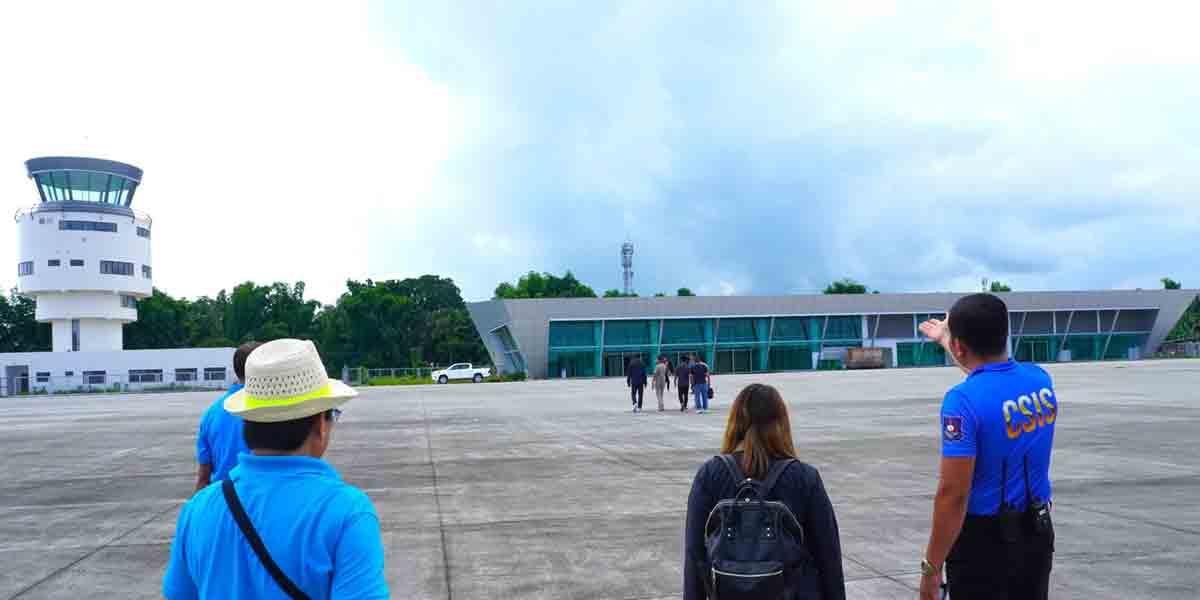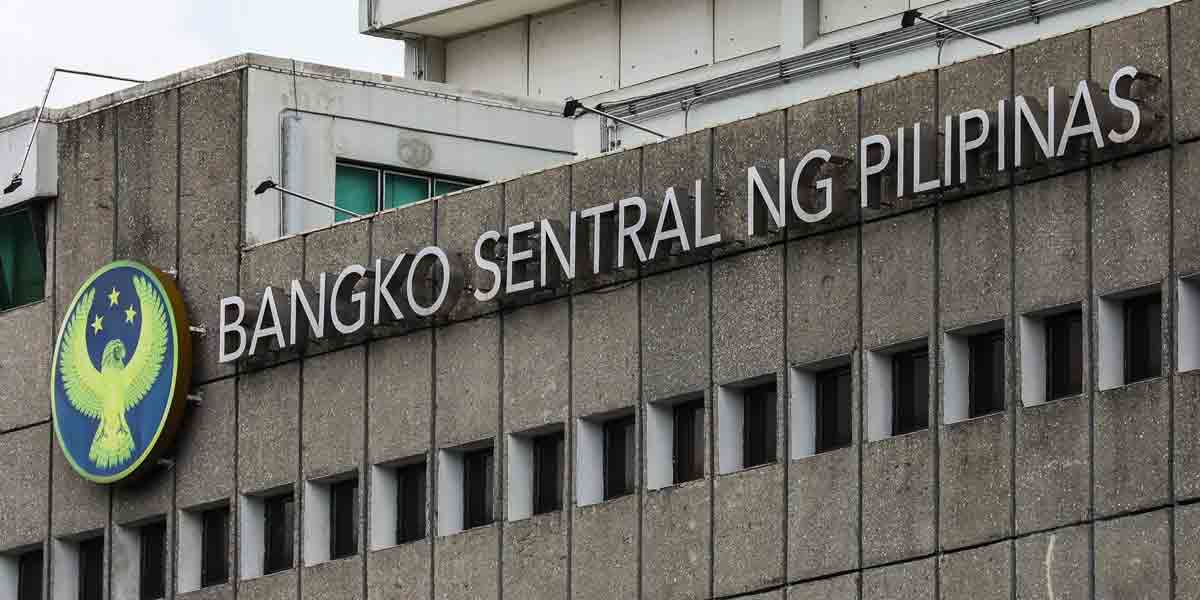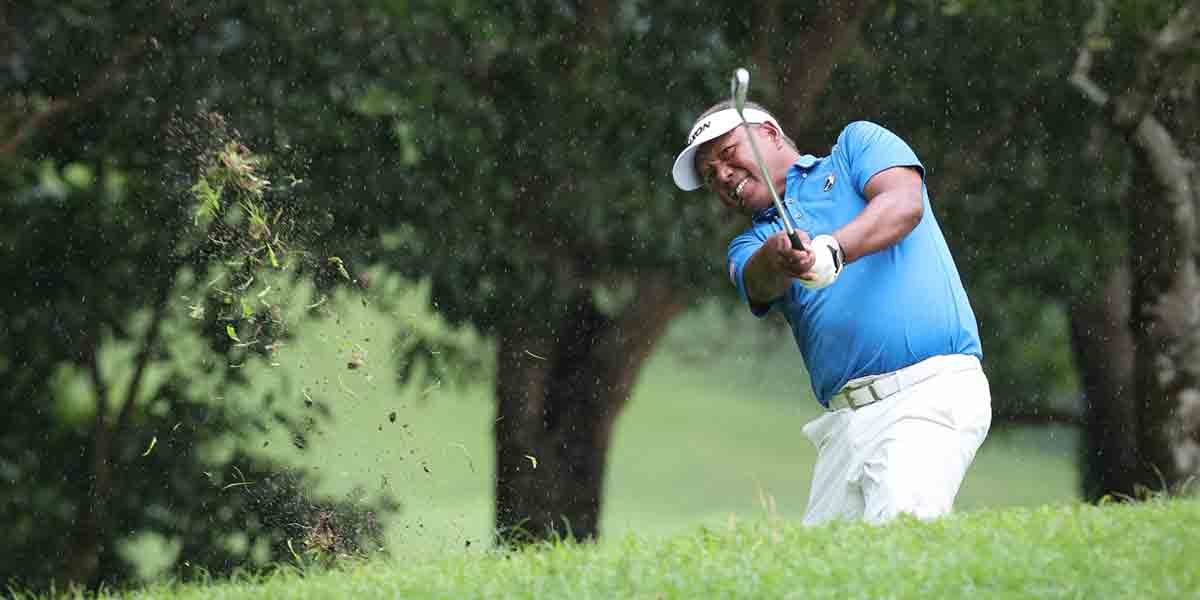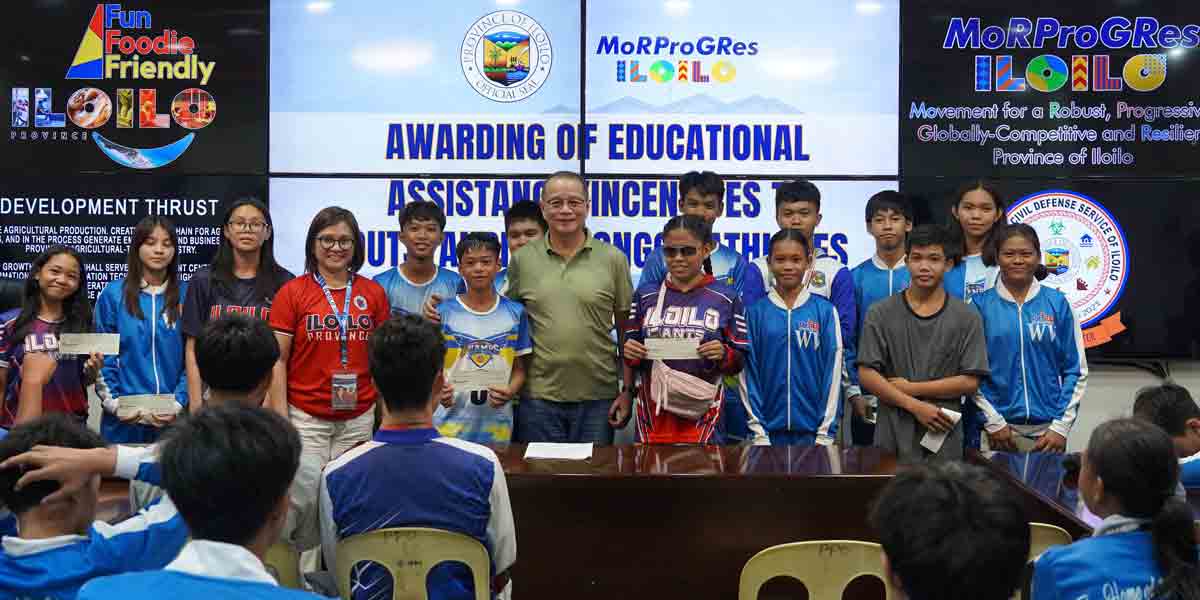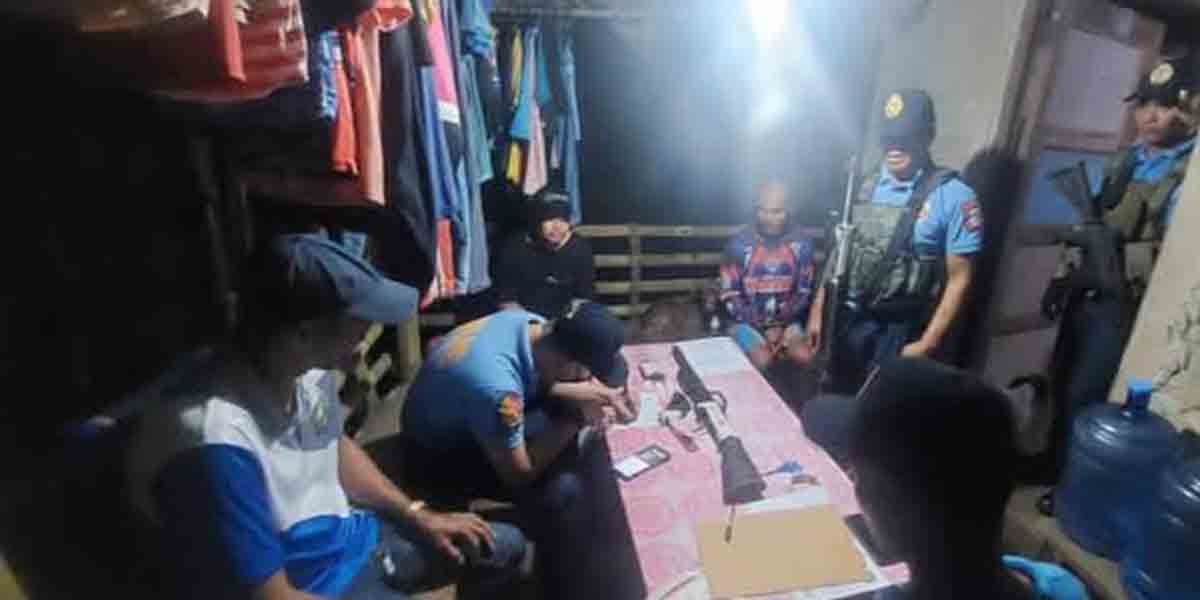By James Jimenez
Over the holidays, I’ve received a lot of queries regarding sexual harassment. Apparently, Christmas parties can be so effective at loosening people’s inhibitions that they tend to forget we are no longer living in the raucous 80’s when pretty much anything could be excused by one’s inebriation. Too be clear, drunkenness isn’t really the culprit in sexual harassment cases – it is the forgetting of boundaries that is at fault. When we forget that there are standards of civility and respect that we have to adhere to in polite company, that is when we do and say things that can cause discomfort, hurt, or even trauma to others – whether we intended to or not.
So as we forge into the new year, let’s do a quick review of sexual harassment in the Philippines, how it affects individuals in our work, schools, and other public spaces.
Republic Act No. 11313: The Safe Spaces Act (Bawal Bastos Law)
Enacted in 2019, the Safe Spaces Act – or the Bawal ang Bastos Law – expanded the scope of sexual harassment beyond the confines of the workplace and educational institutions. Where the law once punished sexually harassing behavior only in the formal environments of work and school, this law extends that protection to cover the online world and other public spaces. It penalizes catcalling, for instance, and leering, wolf-whistling, sexist slurs, and persistent unwanted advances.
Proactively, the Safe Spaces law requires employers to embark upon awareness programs to educate the workforce on how to identify, avoid, and report sexual harassment. And with clear reporting guidelines, comes the assurances that disciplinary action will be taken against the perpetrators. This is starkly different from how workplaces used to be, where women – and even men – were typically subjected to environments that trivialized or ignored inappropriate behavior. Victims used to face stigma or retaliation for speaking up, thereby perpetuating a culture of silence and impunity that emboldened victimizers and unfairly punished the victims.
The Safe Spaces Law also recognizes that a pre-existing relationship – usually featuring an asymmetry of power – between the victim and the victimizer is not a prerequisite for sexual harassment; You don’t have to be “under” anyone to be sexually harassed by them. With this law, acts such as stalking, verbal harassment, and even inappropriate gestures – flipping someone the bird, for instance, or miming male masturbation – are penalized.
And best of all, these protections extend to the online world. With a significant fraction of our daily lives being spent in the digital realm, it is no surprise that we should be vulnerable to sexual harassment online as well. Acts like cyberstalking are punishable, as is sending of unsolicited explicit messages. Interestingly, this law also makes unreasonable persistence punishable.
Republic Act No. 7877: The Anti-Sexual Harassment Act of 1995
Essentially the forerunner of the Safe Spaces Act, the Anti-Sexual Harassment Act served as the primary legislation addressing sexual harassment in workplaces and schools. It defined sexual harassment as an act committed by a person in authority, influence, or moral ascendancy over another in work or educational environments. This law is still in effect, but with its gaps filled in by the Safe Spaces Act. Taken together, these two laws provide comprehensive protection and ample avenues of redress.
It is worth noting that many of our definitions of sexual harassment and related terms were first codified in this law. The nature of sexual harassment as a violation of an individual’s dignity that creates a hostile and offensive environment, for example, was established by RA 7877.
At the same time, the law explicitly makes employers and school heads – the figures of authority in these places – responsible for preventing and deterring sexual harassment. This is a far cry from the laissez-faire thinking that used to permeate workplaces and schools.
Jurisprudence on Sexual Harassment
Philippine jurisprudence has played a significant role in interpreting and enforcing these laws. Notable cases include:
Domingo v. Rayala (G.R. No. 155831, February 18, 2008), for example, is a case involving an employee filed a complaint for incidents of inappropriate comments and physical contact by her supervisor, that caused her discomfort and fear for her job security. The Court found this behavior – which was proven and corroborated by witness accounts – to be constitutive of sexual harassment under RA 7877. Most tellingly, the ruling emphasized that sexual harassment does not require a formal demand for sexual favors; that it can be inferred from conduct that creates a hostile work environment.
In another case, the Supreme Court definitively ruled that employers are responsible for addressing complaints of sexual harassment, and would be held liable for failing to do so. In Philippine Aeolus Automotive United Corporation v. NLRC, the victim claimed that her supervisor “would oftentimes invite her for a date, make sexual advances – touching her hands, putting his arms around her shoulders, running his finger on her arms and telling her she looked beautiful.
“The special treatment and sexual advances continued during her employment for 4 years,” the victim claimed, “but she never reciprocated his flirtations, until finally, he made her understand that if she would not give in to his sexual advances he would cause her termination from the service.” Needless to say, the threat was carried out.
Coming to the victim’s rescue, the Court ruled that sexual harassment was enough to “dampen an employee’s spirit in her capacity for advancement. It affects her sense of judgment,” the Court declared, “it changes her life.” For this reason alone, the Court found that the victim was entitled to receive compensation for the injury she sustained – in the form of an award for moral damages. Exemplary damages were also awarded, basically to drive the lesson home to her employers; “to serve as a forewarning to lecherous officers and employers who take undue advantage of their ascendancy over their employees.”
Where do we go from here?
While these laws are fairly comprehensive, challenges do persist in their implementation. The spectre of cultural stigmas and retaliation still haunt victims, and often deter them from reporting incidents. Judicial processes, while having been shown to bear fruit, are too lengthy and emotionally taxing, making some believe that it would not worth the trouble.
In order to address these challenges, there needs to be broader public education of the rights of victims and on the mechanisms available for redress. We must let more people know that they need not be afraid to ask for help and to go after their victimizers.
But that reassurance must be accompanied by a streamlining of the reporting process, so that it is easier to come forward, with the anticipation of a swift resolution of the cases. Coupled with stronger institutional support, many more victims will finally have the courage to come forward with their stories.


